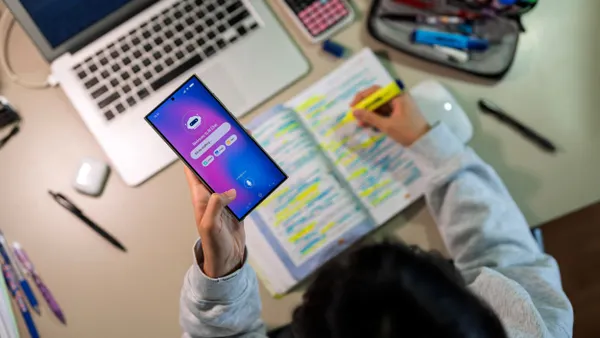Dive Brief:
- Digital dissection tools are one way medical schools can cut costs, as cadavers are not only expensive, they’re also difficult to locate. Now they’re making their way to high schools as well, Education Week reports.
- The $80,000 table is a life-size touch screen that allows students to move through a virtual dissection without even cutting into a human body. Skin, muscles, ligaments and organs can be seen and virtually cut.
- In K-12, supporters of digital dissection tools say they’re more animal friendly (no living creature need to die for student learning), while also keeping potentially harmful chemicals away from students. Others, however, say there’s no replacing the real experience — especially for students who really want to know if a medical career is in their future.
Dive Insight:
Who doesn’t remember their first dissection? A student scalpel peeling away at a frog — or perhaps a cricket. The science class dissection is a time-honored event. But many students are uncomfortable cutting into a creature that was once alive, with the result that they take a back seat, lessening their own learning experience.
Digital dissection may bring more equity to the science classroom by giving every pupil a way to take part no matter their comfort level. Also, animals needed for dissection are a revolving expense for schools; they can’t exactly be re-used like a textbook. Digital dissections can also be used to complement two-dimensional materials like textbooks, which can be “…simplified or stylized and hence open to misinterpretation,” as noted in a 2017 study from The University of New England in Australia.
For those students who hope for a medical career one day, though, knowing how to handle a real specimen is likely crucial to their training, giving them a perspective as they pursue options for their future.











